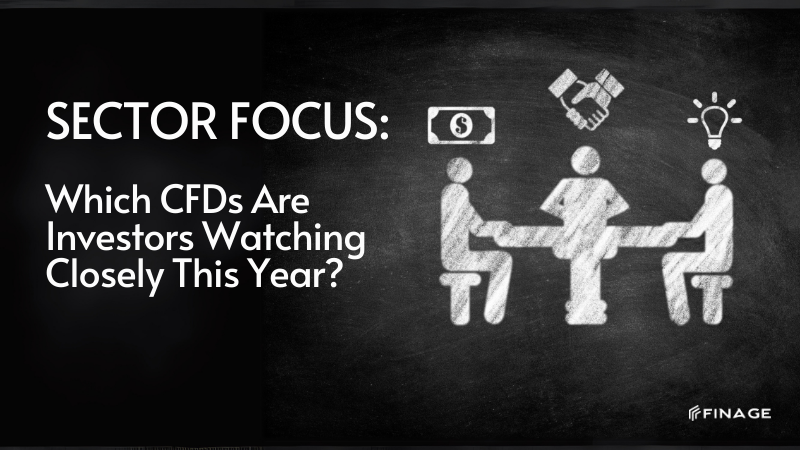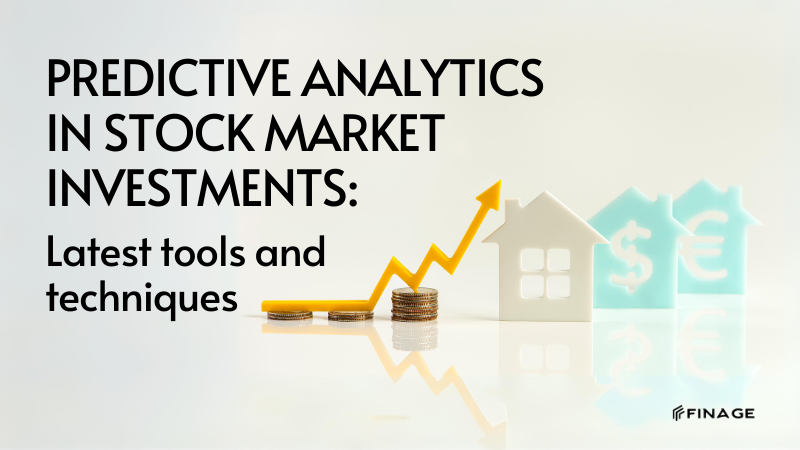Back to Blog
by Finage at March 13, 2021 4 MIN READ
Forex

What to Expect for currencies in 2021
2020 was every time of unpredictability for money markets. This choppiness was basically determined by the monetary effect of the Covid-19 pandemic, albeit different factors, for example, Brexit and the progressing levy deadlock between the United States and China contributed. This article takes a gander at how the fortunes for the world's significant monetary standards fared over the previous year as it attracts to a nearby and how the circumstance looks heading into 2021.
US dollar
Toward the beginning of 2020, it seemed like nothing could stop the walk of the powerful greenback, which had been consistently solid for around two years. In any event, when the Covid had spread to Europe and was assaulting Italy and Spain by February, financial backers' confidence in the U.S. dollar was to a great extent unaffected. All things considered, the American economy was thundering and financial backers ran to the dollar when the remainder of the world was confronting vulnerability, as they normally do, given it is one of the standard go-to place of refuge resources.
Everything changed however in March, when financial backers started to acknowledge what the White House's reaction to the pandemic resembled, including making light of its seriousness and censuring state lockdowns and limitations, as cases and passings flooded the nation over. The dollar started to slide as financial backers escaped from it and into the arms of different resources, similar to gold, which moved from $1,619 on March 1 to $1,981 on July 1. In a similar period, the US DXY file, which shows the estimation of the greenback comparative with a container of six significant monetary forms, slid from 98 to 96. By December 1, it fell further to 90.
Market pundits anticipate further succumbs to the U.S. dollar for the principal quarter of 2021. While different nations are likewise utilizing a quantitative facilitating program, none is "printing cash" comparative with the size of their economy very like the U.S. For financial backers, this basically implies that the dollar is kept down comparative with different monetary forms. At the point when joined with the close to zero financing costs that the Federal Reserve is attached to for years to come, the dollar is seen as an unappealing resource for put resources into.
EURO
Like the dollar, the pandemic has formed the euro's 2020 fortunes. While the primary wave in Spring hit Europe hard, the European Union's reaction was definitive. The EU concurred a notable $750 billion pandemic crisis salvage asset and its individual part states to a great extent eased back the death rate as the year advanced, frequently because of exacting measures, including full and fractional lockdowns, and cross country curfews.
The European reaction combined with the deficiency of financial backer confidence in the U.S. government's administration of the pandemic prompted a consistent ascent in the EURUSD swapping scale over the course of the year. It rose from 1.06 on March 18 to 1.21 on December 8, its most noteworthy rate for more than over two years.
Examiners foresee that the EURUSD rate will remain drifting around its present rate. Bank of America anticipates exchanging levels of 1.20 toward the beginning of 2021, moving towards 1.25 by Q4. In the interim, Julius Baer sees an ascent from 1.20 to 1.24 throughout 2021.
POUND
The GBPUSD conversion scale began the year at 1.32. While not as articulated as President Trump's way to deal with the pandemic, UK executive Boris Johnson was viewed as adopting a somewhat wry strategy to the infection right off the bat in the year, obviously leaning toward a "group mindset" approach instead of to carry out limitations and broadly bragging about shaking Covid-19 patients' hands at an emergency clinic toward the beginning of March before later on being looked into serious consideration himself with the infection. The British government's treatment of the pandemic immediately pushed the UK to turn into the country with the most exceedingly terrible overabundance demise rate in Europe.
Similar as financial backers' deficiency of trust in the U.S. dollar, they immediately lost confidence in the viewpoint for the UK economy and pound real as well. The cash tumbled from 1.31 on March 8 to a yearly low of 1.14 a simple 11 days after the fact on March 19 as the greatness of the pandemic's effect on the British economy became more clear. The UK's choice to be the primary country on the planet to start carrying out a clinically endorsed immunization in December prompted a fortifying of the money against the dollar, exchanging somewhere in the range of 1.32 and 1.34 for quite a bit of November and December. Notwithstanding, the 2020 improvement of GBPEUR took an alternate course.
The pound-to-euro rate has tumbled from January's 1.17 and a yearly high of 1.19 in February to a yearly low of 1.08 in September. Toward the beginning of December it has exchanged consistently around 1.10, despite the fact that its 2021 viewpoint relies intensely upon how Brexit talks are closed. On the off chance that the UK and EU neglect to arrive at an arrangement, experts anticipate that the British money could tumble to as low as 0.95 against the euro, while an arrangement would probably see it proceed through 2021 exchanging somewhere in the range of 1.10 and 1.11.
Coordinate the most exact, dependable FX information
Finage trade rates API coordinates effectively with your current stage, giving you admittance to 5 years of recorded FX information for more than 60,000 symbols and rates from more than 200 country and valuable metals.
Pursue your free preliminary here and find why Finage is the worldwide pioneer in exact FX information arrangement.
Featured Posts

Sector Focus: Which CFDs Are Investors Watching Closely This Year?
April 24, 2024

What's New at Finage: Latest Features and Services for 2024
April 23, 2024

Predictive Analytics in Stock Market Investments: Latest Tools and Techniques
April 22, 2024

NFTs in the Entertainment Niche & Its Role in the Web3 Ecosystem
April 21, 2024

DeFi in 2024: Exploring the Growth & Impact on Traditional Financial Services
April 20, 2024
Categories
Forex
Finage Updates
Stocks
Real-Time Data
Finage News
Crypto
ETFs
Indices
Technical Guides
Financial Statements
Excel Plugin
Web3
Tags
fx api
finage api
forex api
exchange live rates
Forex Finage websocket
how to get free forex API
STOCK exchanges API
Join Us
You can test all data feeds today!
Start Free Trial

If you need more information about data feeds, feel free to ask our team.
Request Consultation
Back to Blog
Please note that all data provided under Finage and on this website, including the prices displayed on the ticker and charts pages, are not necessarily real-time or accurate. They are strictly intended for informational purposes and should not be relied upon for investing or trading decisions. Redistribution of the information displayed on or provided by Finage is strictly prohibited. Please be aware that the data types offered are not sourced directly or indirectly from any exchanges, but rather from over-the-counter, peer-to-peer, and market makers. Therefore, the prices may not be accurate and could differ from the actual market prices. We want to emphasize that we are not liable for any trading or investing losses that you may incur. By using the data, charts, or any related information, you accept all responsibility for any risks involved. Finage will not accept any liability for losses or damages arising from the use of our data or related services. By accessing our website or using our services, all users/visitors are deemed to have accepted these conditions.